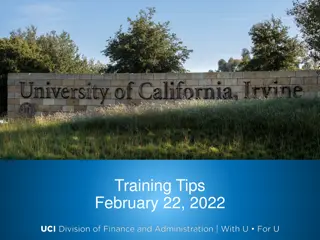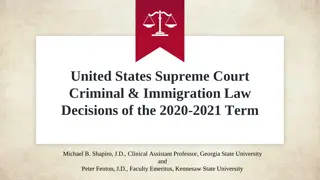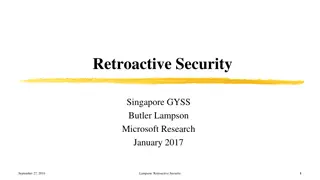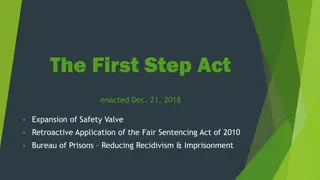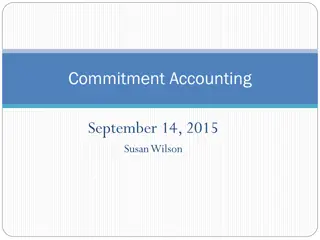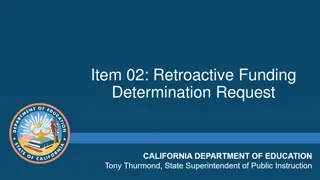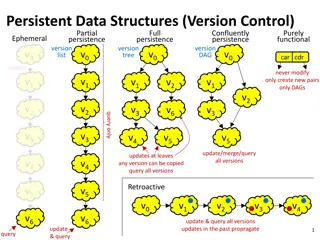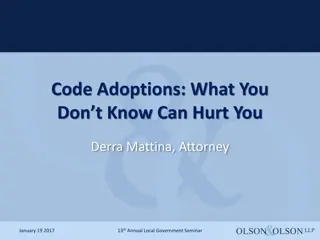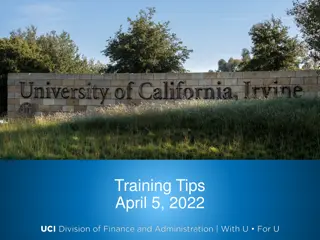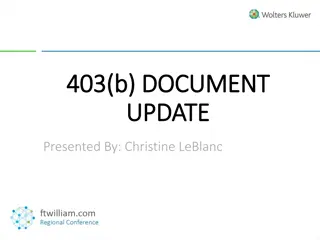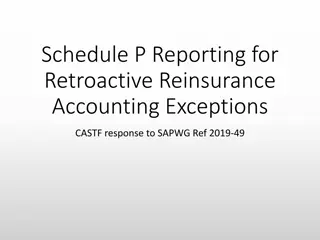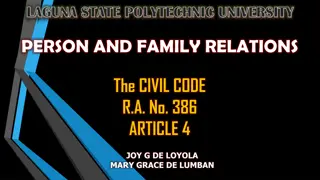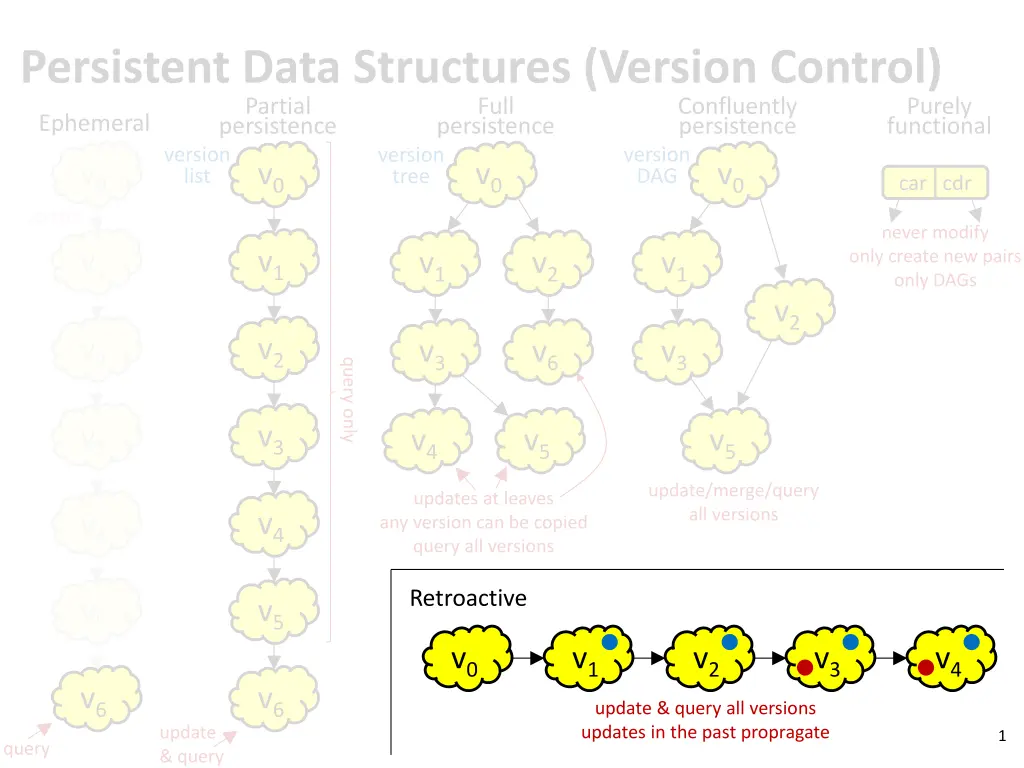
Purely Functional Data Structures & Retroactive Version Control Concepts
Explore the world of purely functional data structures and retroactive version control, including persistent, partial, and full retroactivity. Learn about DAGs, ephemeral versions, and rollback operations. Discover the essence of lower bounds for retroactivity and decomposable search problems, and delve into specific retroactive data structures.
Download Presentation

Please find below an Image/Link to download the presentation.
The content on the website is provided AS IS for your information and personal use only. It may not be sold, licensed, or shared on other websites without obtaining consent from the author. If you encounter any issues during the download, it is possible that the publisher has removed the file from their server.
You are allowed to download the files provided on this website for personal or commercial use, subject to the condition that they are used lawfully. All files are the property of their respective owners.
The content on the website is provided AS IS for your information and personal use only. It may not be sold, licensed, or shared on other websites without obtaining consent from the author.
E N D
Presentation Transcript
Persistent Data Structures (Version Control) Partial persistence persistence version tree list Full Confluently persistence version DAG Purely functional Ephemeral version v0 v0 v0 v0 car cdr update never modify only create new pairs only DAGs v1 v1 v1 v2 v1 v2 v2 v2 v3 v6 v3 query only v3 v3 v4 v5 v5 update/merge/query all versions updates at leaves any version can be copied query all versions v4 v4 Retroactive v5 v5 v0 v1 v2 v3 v4 v6 v6 update & query all versions updates in the past propragate update & query 1 query
Retroactive Data Structures [E.D. Demaine, J. Iacono, S. Langerman, Retroactive Data Structures, Proc. 15th Annual ACM- SIAM Symposium on Discrete Algorithms, 274-283, 2004] r v0 v1 v2 v3 v4 m m Total number of updates/versions r Distance from current time n Maximal data structure size at any time Partial retroactive Update all versions & query current Full retroactive Update & query all versions 2
Rollback Full Retroactivity current v0 v1 v2 v3 v4 Update u1 Change 1 u2 2 u3 3 u4 4 + Generic, can always be applied, space efficient - Slow retroactive operations 3
Lower bounds for Retroactivity a0 + a1x + a2x2 + + anxn ( requires (n) multiplications given x by Motzkin s theorem ) * x0 x1 x2 xi xn ( prefix sum queries require (log n) ) *[M. Patrascu, E.D. Demaine, Logarithmic Lower Bounds in the Cell-Probe Model, SIAM J. of Computing 35(4): 932-963, 2006] 4
Partial Full Retroactivity ( m) current v0 v1 v2 v3 v4 v5 v6 v7 v8 v9 u1 u6 u8 u9 u2 u4 u7 u5 u3 v4 v5 partial retroactive structures (remember using full persistence) temporary during queries to V5 (rollback) 5
Partial Retroactive Commutative Data Structures commutative = state independent of order of operations 6
Decomposable Search Problems n C A CD AD D B B D A B C insert(D) delete(D) 7 time
Specific Retroactive Data Structures ? * *[D.D. Sleator, R.E. Tarjan, A Data Structure for Dynamic Trees, Proc. 13th Annual ACM Symposium on Theory of Computing, 114-122, 1981] 8





